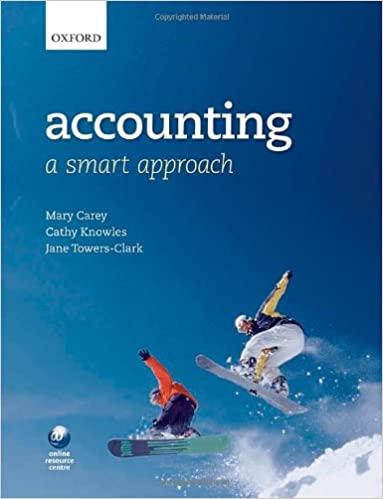This problem is about eating a cake of uncertain size. Consider an economy that begins at time 0 with a proven oil reserve (already found
This problem is about eating a cake of uncertain size. Consider an economy that begins at time 0 with a proven oil reserve (already found and is ready to be exploited) of size Subscript[x, 0] and a potential oil reserve (lying hidden somewhere in the land, and is yet to be found) of uncertain size. The potential oil reserve might be found through an oil exploration program. In reality, an exploration program evolves through time, but for simplicity, assume that the exploration program can be carried out by spending an amount K (drill a well) at a single point in time. Because the size of the potential oil reserve is only known after it has been found, its size is characterized by a probability distribution before exploratory activities are carried out. More specifically, suppose that the potential oil reserve might be a large oil field of size x^+ with probability \[Alpha],0<\[Alpha]<1, or a small oil field of size x^- with probability 1\[Dash]\[Alpha]. Assume that 0 Time is continuous and denoted by t,t>= 0. The problem faced by the central planner is to determine a date T at which the exploration cost K is spent to look for the potential oil reserve, and an extraction program Subscript[c, t],0<= t<= T, to exploit the proven oil reserve prior to time T. Assume that the social welfare obtained at an instant t is given by u[Subscript[c, t]]=Log[Subscript[c, t]] and that \[Delta],0<\[Delta], is the social rate of time preferences used to discount future social welfare. Formulate and then solve the problem of the central planner.
Step by Step Solution
There are 3 Steps involved in it
Step: 1

See step-by-step solutions with expert insights and AI powered tools for academic success
Step: 2

Step: 3

Ace Your Homework with AI
Get the answers you need in no time with our AI-driven, step-by-step assistance
Get Started


